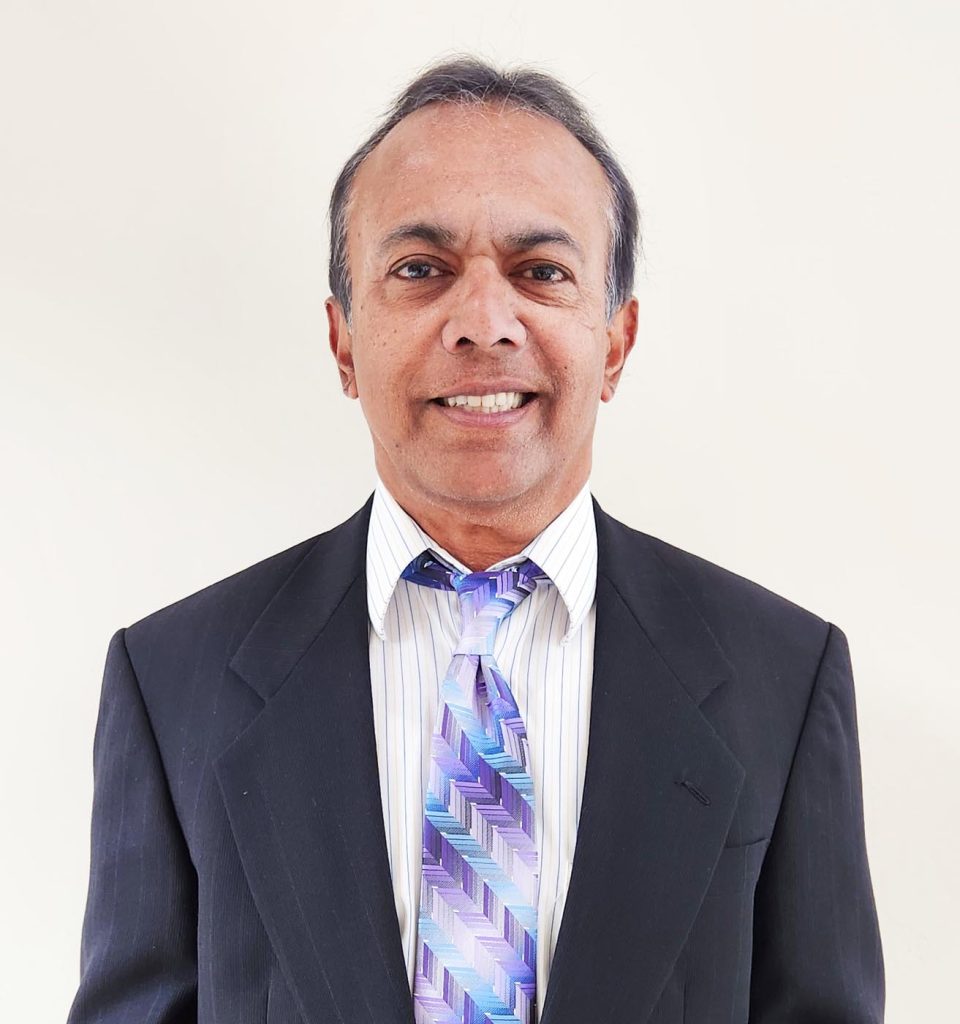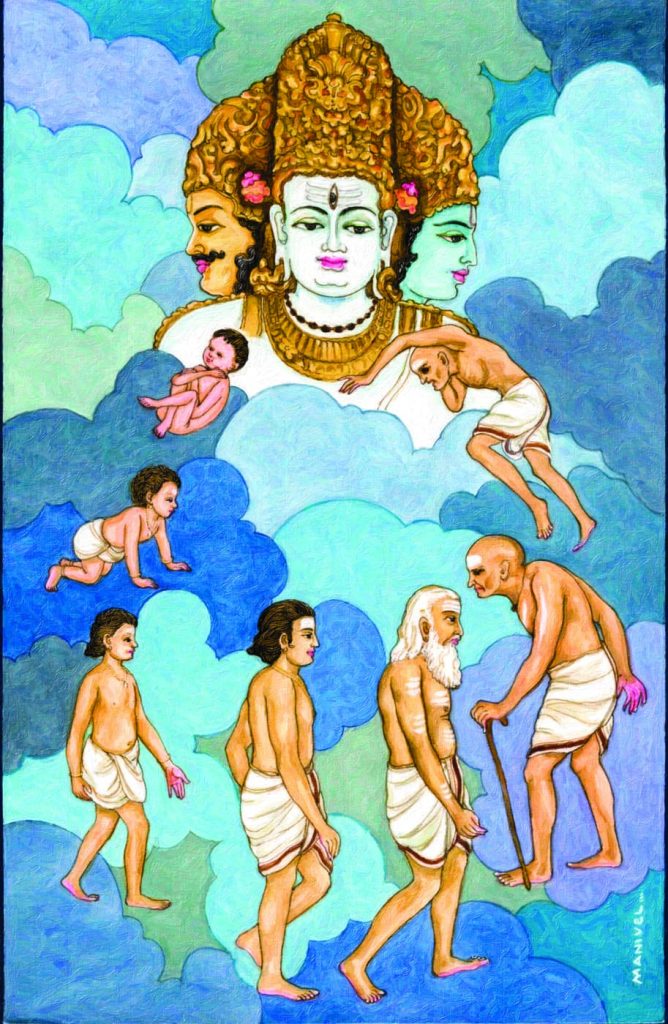What I learned from my father’s gracious end to life through prayopavesha, fasting to death
By Sivaram Krishnan
All religions talk about how to lead a moral life, throw light on the path to spiritual progress and help attain salvation. Dharmic religions are unique in that they also have a discourse on how to face death.
In the course of my wife’s work as a physician, she has to deal with very ill patients. Some of the most difficult conversations are with family members who desperately hold onto a fervent hope that their very elderly relatives suffering multiple, serious maladies—and with no hope of any reasonable quality of life—would somehow experience a miraculous recovery. Often, lost during this difficult time is a recognition of the wishes of the patient.
Recently I had a window into Sanatana Dharma’s unique perspective on the end-of-life. As my father, Sri K. M. Subramaniam, aged gracefully, retaining all his mental faculties and enjoying good physical health into his 90s, he often mentioned the desire for an anayasena maranam. Literally meaning “death without pain,” these are the first words of a shloka often attributed to Drona’s plea to Lord Siva just before Drona’s demise in the Mahabharatha war: “Death without pain; life without struggle; unshakable devotion to You; kindly grant me, Siva.”
During his lifetime, my father saw many experience sudden deaths while also seeing others live long years in acute physical discomfort or advanced mental illness. So, it was no wonder that he wanted an anayasena maranam. In late 2021 at the age of 93, he suffered a stroke; but after a brief hospitalization he fully recovered. However, advancing age meant that he slowly weakened over subsequent months.
On December 10, 2022, he suffered another stroke. This time it was more serious, affecting his body, speech and ability to swallow. Nevertheless, he retained his full mental alertness. When I offered to hospitalize him to administer short-term nasal feeding, he declined, citing that he would continue to have difficulty swallowing afterward. My father gave up solid food shortly after the stroke, and consumed only liquids for the next two weeks. He finally gave up liquids other than water for the last week and limited even water intake in his last couple of days. He passed away peacefully in his sleep just days short of his 95th birthday.
There is a term for this kind of an end: prayopavesham, “fast unto death.” It is a Vedic practice of ending life by one who has no responsibilities left and is suffering from a terminal condition. It is not considered suicide, which is forbidden under Sanatana Dharma as it goes against the practice of ahimsa. Prayopavesham has to be voluntary, publicly declared, unassisted and undertaken by one with a sound mind in a state of equanimity. Bhagavatha Purana records King Parikshit’s death as an early example of prayopavesham. In modern times, Acharya Vinoba Bhave and Satguru Sivaya Subramuniyaswami embraced this practice.
The Garuda Purana (2:36.8) states: “If a person suffering from an incurable or terminal disease observes a fast and dies, he has no rebirth. He shines like a god.” In a 2015 decision, the Supreme Court of India afforded this practice legal protection.
My father had fulfilled all his duties—as a son, a husband, a father, a patriarch and a noble citizen of the community. With all his responsibilities complete, he was ready to move on. The short illness gave my family the opportunity to remain physically and emotionally close to him, say our goodbyes and get his blessings. He spent his last days listening to sacred songs and scripture. While my dad’s passing leaves an unfillable void, we are grateful that the Lord granted his desire for an anayasena maranam.

Sivaram Krishnan is a tech executive living in the SF Bay Area. His interests include travel, reading, quizzes and gardening. He can be reached at sivaram.krishnan@gmail.com
